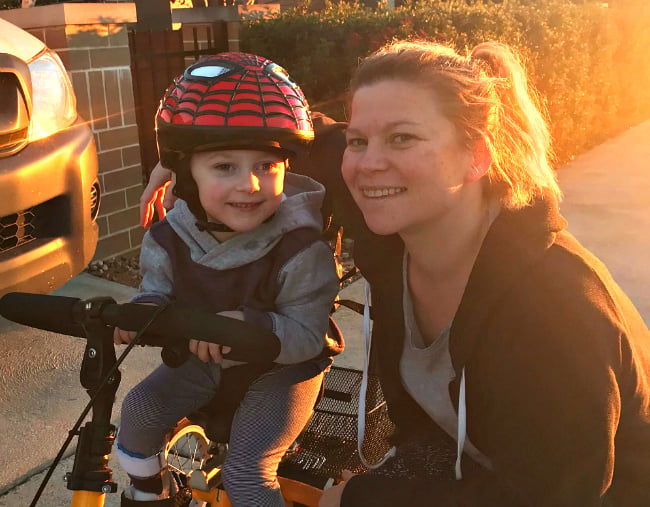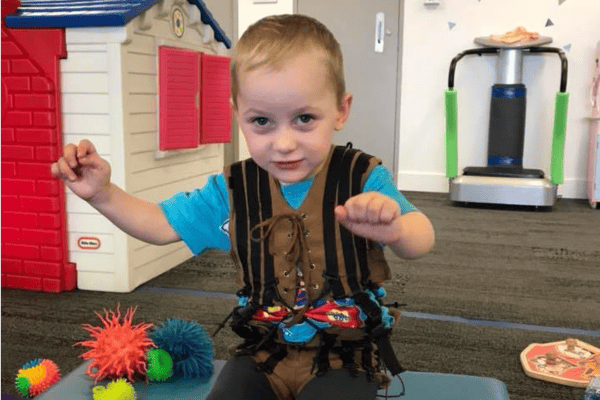
Milestones have a different meaning in the White-Kelly household. They’re not a fixed checklist, something that can be marked off against an ordinary child-rearing book or website.
To them, for their middle child, Ryan, milestones are something to be flexible about, to celebrate if and when they come. Something as simple as a nod of the head at 18 months. The ability to choose between one thing or the other. An attempt to raise food to his mouth. All major events for the NSW boy and his family.
Ryan, now aged four, lives with Spastic Quadriplegia Cerebral Palsy, a form of the condition which affects function of all four limbs and his body, including his speech. It means he has difficulty sitting unaided, feeding himself, suffers severe cramps in his legs and can’t walk.
Yet.
For Ryan has been selected for a life-altering surgery in the United States that could make that milestone achievable. It will cost his parents, Nadine Kelly and Matthew White, $140,000 including the operation, travel costs and a year of intensive rehabilitation.
“We’ll sell the house and anything that we’ve got to make it happen,” Nadine told Mamamia. “Money comes and goes, but if he can have a better quality of life, how can you say no?”



